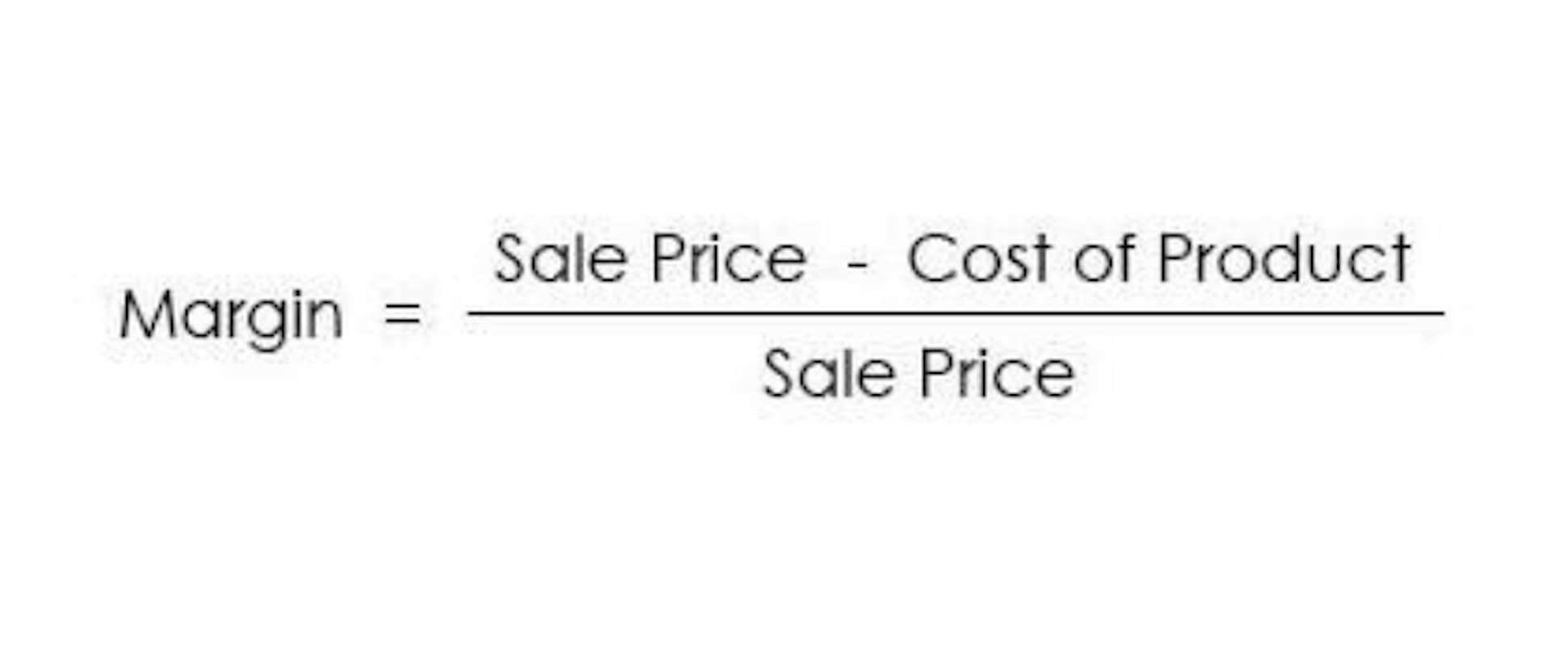
Expenses generally paid by a buyer to research the title of real property. The first section, Specific Depreciable Assets Used in All Business Activities, Except as Noted, generally lists assets used in all business activities. The second section, Depreciable Assets Used in Retail Accounting the Following Activities, describes assets used only in certain activities. LITCs represent individuals whose income is below a certain level and who need to resolve tax problems with the IRS. LITCs can represent taxpayers in audits, appeals, and tax collection disputes before the IRS and in court. In addition, LITCs can provide information about taxpayer rights and responsibilities in different languages for individuals who speak English as a second language.

Depreciable Assets Quiz
Some companies choose the accelerated method to shield more income from tax, though their reported net profits will be less in earlier years. This depreciable assets will reverse in the later years, as less depreciation expense is recorded. Depreciable property is any asset that is eligible for tax and accounting purposes to book depreciation in accordance with the Internal Revenue Service’s (IRS) rules. Depreciable property can include vehicles, real estate (except land), computers, office equipment, machinery, and heavy equipment. In accounting, we do not depreciate intangible assets such as software and patents.
Rental Property Tax Deductions Checklist: Maximizing Landlord Tax Deductions
You can elect to claim an 80% special depreciation allowance for the adjusted basis of certain specified plants (defined later) bearing fruits and nuts planted or grafted after December 31, 2022, and before January 1, 2024. The following discussions provide information about the types of qualified property listed above for which you can take the special depreciation allowance. It also includes rules regarding how to figure an allowance, how to elect not to claim an allowance, and when you must recapture an allowance.

Self-Employed Tax Deductions Calculator
Let’s say you need to determine the depreciation of a delivery truck. It has a salvage value of $3,000, a depreciable base of $27,000, and a five-year useful life. Tangible (physical) assets depreciate, while you expense intangible assets using amortization. It can play many roles in a business’s financial planning, including properly assessing asset values for accurate (and potentially lower) company taxes. By allocating the cost of a purchased asset over the period of time when it is expected to be in use, businesses can deduct a smaller amount of the cost over several years instead of one large deduction in the year it was purchased.
Starting Point for Depreciation

You cannot depreciate inventory because it is not held for use in your business. Inventory is any property you hold primarily for sale to customers in the ordinary course of your business. If you use part of your home as an office, you may be able to deduct depreciation on that part based on its business use. If you lease property to someone, you can generally depreciate normal balance its cost even if the lessee (the person leasing from you) has agreed to preserve, replace, renew, and maintain the property. You made a down payment to purchase rental property and assumed the previous owner’s mortgage.
- Instead, the balance in Accumulated Depreciation is carried forward to the next accounting period.
- Generally, for the section 179 deduction, a taxpayer is considered to conduct a trade or business actively if they meaningfully participate in the management or operations of the trade or business.
- For example, property acquired by gift or inheritance does not qualify.
- You reduce the adjusted basis ($1,000) by the depreciation claimed in the first year ($200).
- The maximum depreciation deductions for trucks and vans placed in service after 2002 are higher than those for other passenger automobiles.
- The $147 is the sum of Amount A and Amount B. Amount A is $147 ($10,000 × 70% (0.70) × 2.1% (0.021)), the product of the FMV, the average business use for 2022 and 2023, and the applicable percentage for year 1 from Table A-19.
Lascia un commento